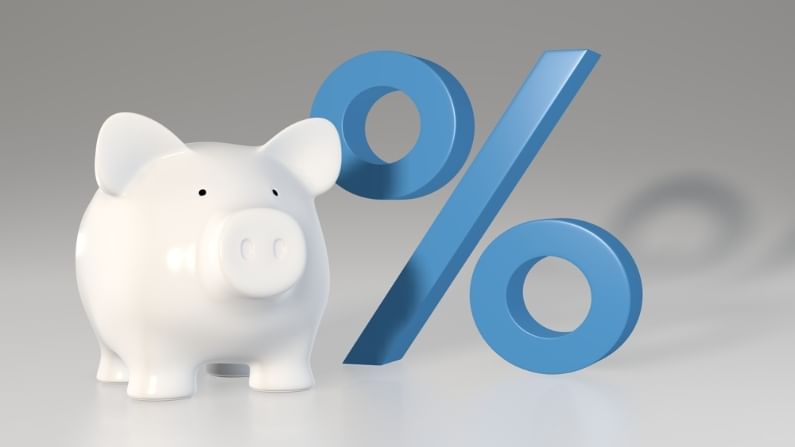Banks thrive on low-cost deposits in savings accounts
Lenders are flush with funds in CASA accounts as people deposit money in banks for safe-keeping

Interest rates on savings accounts have hit a trough, and bank customers are earning hardly anything on their deposits lying idle. On the flip side, banks earn higher profits on the low-cost deposits parked by customers.
“In 2020-21, several banks have seen customers park huge amounts of money in their savings accounts. Some lenders reported a substantial growth in their current-account savings-account (CASA) basket as customers postponed their purchase decisions in the pandemic and kept the money safely in the bank. It is one of the cheapest ways to raise money for banks. Last fiscal, most banks could make good use of these low-cost deposits, though the credit offtake by industries has not picked up pace,” said a private banker.
Leading banks offer lowest rates
A close look at the rates offered by various banks in the country throws an interesting trend. Leading public sector and private banks offer one of the lowest rates, mostly in the range of 2.70-3% annually. Small private banks offer a higher rate, much above the existing fixed-deposit (FD) rates, in order to attract customers. Some small finance banks offer high interest rates on savings accounts, as high as 7.25%, to raise CASA deposits.
State Bank of India (SBI), the largest lender in the country, currently offers 2.7% on savings account balance from May 31, 2020. The rate is similar across different slabs. In April 2020, it had cut the rate on all its savings accounts to 2.75% from 3% earlier.
Among other public sector banks, Punjab National Bank offers 3% per annum. Since May 1, 2021, IDBI Bank offers 3-3.4% for different slabs of deposits, with deposits up to Rs 50 lakh attracting 3% and deposits above Rs 2 crore, 3.4%.
Effective June 19, 2021, Kotak Mahindra Bank offers 3.5% annual interest on daily balances in savings accounts up to Rs 1 lakh, down from 4% earlier. As per the new rates, daily balances in savings accounts over Rs 1 lakh and up to Rs 50 lakh, will earn a higher rate of 4% per annum, down from 4.5% earlier. Interest rate on daily balances above Rs 50 lakh stands revised at 3.5%. For example, if the end-of-day savings account balance is Rs 1,50,000, then Rs 1,00,000 will earn an interest of 3.5% per annum and Rs 50,000 (being the balance), will earn interest of 4%. The bank was offering 6% on balances above Rs 1 lakh until March 2020.
Both ICICI Bank and Axis Bank offer 3-3.5% per annum.
Some private banks offer slightly higher interest rates. While YES Bank offers 4-5.5%, IndusInd Bank savings accounts attract 4-6% annually. RBL Bank offers 4.75-6.5%.
Effective April 1, 2021, Standard Chartered Bank pays an annual 2.75% for savings accounts having a balance up to Rs 50 lakh. It pays 3.25% for balances above 50 lakhs, with the rate only applicable for the incremental balances above Rs 50 lakh and up to Rs 40 crore. The bank pays 0.5% for incremental balances above Rs 40 crore. Interest will be calculated at applicable savings bank interest rate on the daily available balance and the same will be paid quarterly.
Small finance banks offer higher rates
Some small finance banks offer high interest rates on savings accounts. Jana Small Finance Bank offers up to 7.25%, the highest in their league. Leading small finance banks such as ESAF, A U, Equitas and Ujjivan offer up to 7% per annum. Of course, these come with slabs and riders.
For instance, Jana Small Finance Bank offers 3% on balances up to Rs 1 lakh. A rate of 6 % will be paid on incremental balances above Rs 1 lakh and up to Rs 10 lakh. A higher rate of 6.5% will be paid on incremental balances above Rs 10 lakh and up to Rs 50 crore. All balances above Rs 50 crore will attract 6.75 % on an incremental basis.
A banker said it is always better to keep money in “sweep-in FD”, a fixed deposit that is linked to your savings account. “It pays a higher rate of interest than savings bank accounts. However, you can also spend money from the sweep-in FD as per your requirements. There will not be any penalty,” he adds.